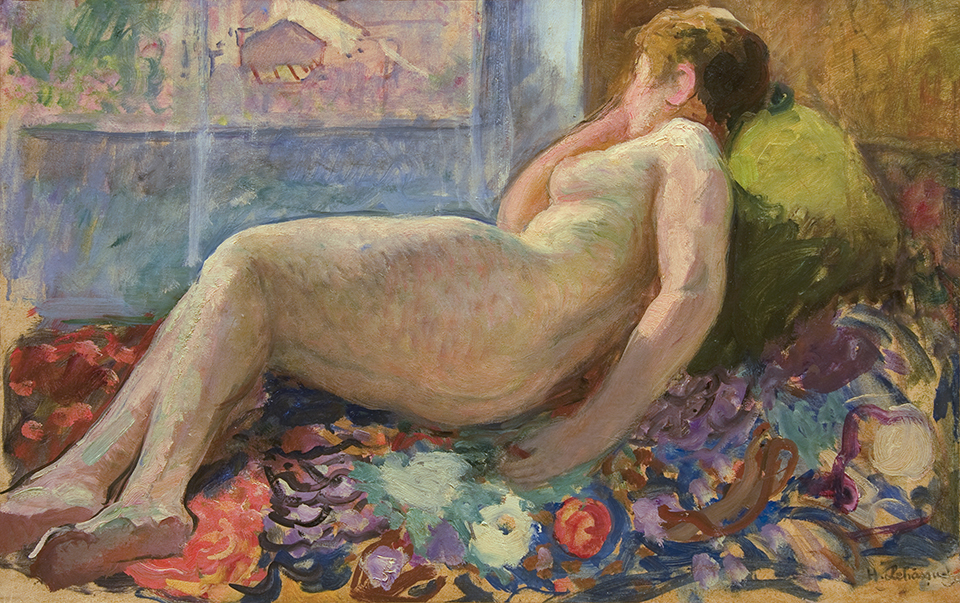Nu sur un divan - ca. 1930 by Henri Lebasque

Henri Lebasque
(French, 1865-1937)
Nu sur un divan - ca. 1930
X Inches
Framed: 27 X 37 1/4 Inches
Signed: Signed Lower Left Request Info About This Work

